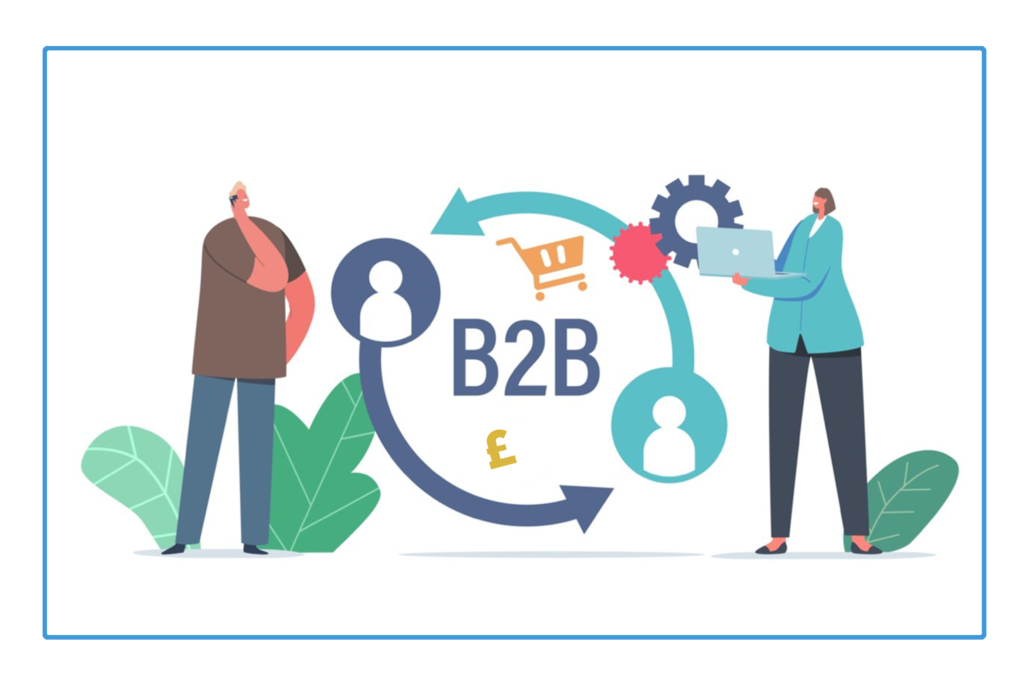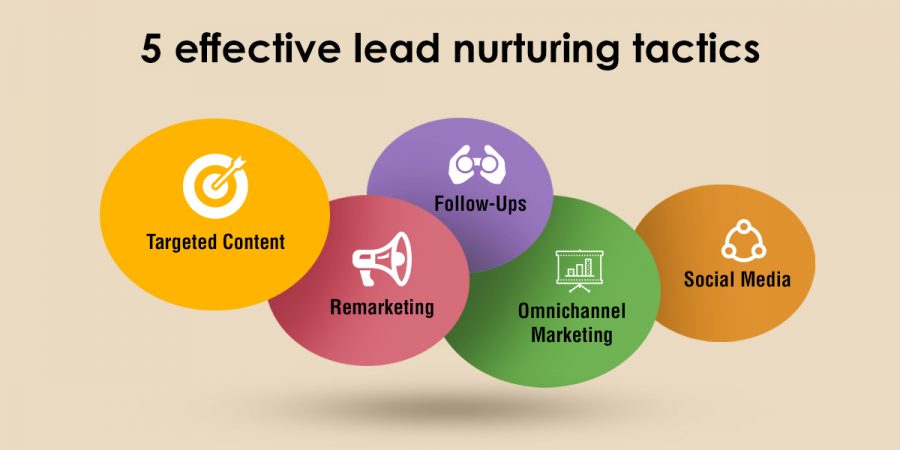Hey there, as sales leaders, it’s crucial to keep up with the constantly changing B2B sales landscape and adapt your strategies accordingly. In today’s digital age, it’s all about leading your selling efforts rather than simply leading your sellers. This means moving away from traditional sales channels and focusing on digital channels where data and analytics can drive your sales decisions. To thrive in this new landscape and increase your conversion rates, you’ll need to be aware of the latest trends and adopt the best practices for lead follow-up. That’s why we’ve put together this blog, where we’ll share the key trends shaping the future of B2B sales and provide practical tips and tools to help you optimize your lead follow-up efforts. Let’s get started!
All the solutions – Limited Risk






